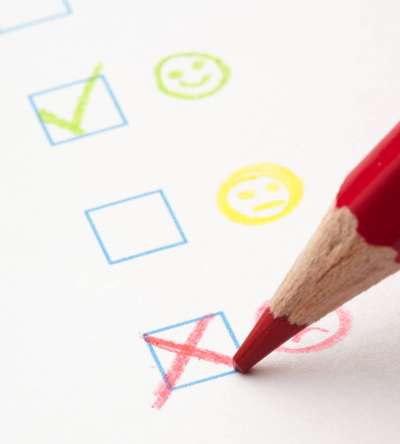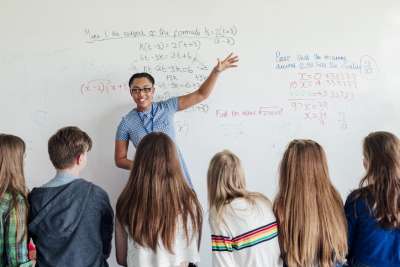Teach students the same technique research mathematicians use! (Seriously.)
"Guess and Check" is a problem-solving strategy that students can use to solve mathematical problems by guessing the answer and then checking that the guess fits the conditions of the problem.Need more tips and tricks for teaching math? You can find them in our math resources center.
Problem Solving: Guess and Check
What Is It?
"Guess and Check" is a problem-solving strategy that students can use to solve mathematical problems by guessing the answer and then checking that the guess fits the conditions of the problem. For example, the following problem would be best solved using guess and check:
Of 25 rounds at the regional spelling contest, the Mighty Brains tied 3 rounds and won 2 more than they lost. How many rounds did the Mighty Brains win?
Why Is It Important?
All research mathematicians use guess and check, and it is one of the most powerful methods of solving differential equations, which are equations involving an unknown function and its derivatives. A mathematician's guess is called a "conjecture" and looking back to check the answer and prove that it is valid, is called a "proof." The main difference between problem solving in the classroom and mathematical research is that in school, there is usually a known solution to the problem. In research the solution is often unknown, so checking solutions is a critical part of the process.
How Can You Make It Happen?
Introduce a problem to students that will require them to make and then check their guess to solve the problem. For example, the problem:
Ben knows 100 baseball players by name. Ten are Red Sox. The rest are Blue Jays and Diamondbacks. He knows the names of twice as many Diamondbacks as Blue Jays. How many Blue Jays does he know by name?
When students use the strategy of guess and check, they should keep a record of what they have done. It might be helpful to have them use a chart or table.
Understand the Problem
Demonstrate that the first step is understanding the problem. This involves finding the key pieces of information needed to find the answer. This may require reading the problem several times, and/or students putting the problem into their own words.
For example, "I know there are twice as many Diamondbacks as Blue Jays. There are 10 Red Sox. The number of Blue Jays and Diamondbacks should equal 90."
Choose a Strategy
Use the "Guess and Check" strategy. Guess and check is often one of the first strategies that students learn when solving problems. This is a flexible strategy that is often used as a starting point when solving a problem, and can be used as a safety net, when no other strategy is immediately obvious.














